: The Must-Have Tool for Every Sewist

As an avid sewist, you’re always on the lookout for tools that can enhance your sewing experience and make your projects more precise and professional. Among the various tools that exist, a sewing gauge often goes unnoticed but is an essential item in every sewing enthusiast’s toolbox.
A sewing gauge is a small ruler-like tool, typically made of metal or plastic, with various measurements and markings along its length. These markings allow you to measure and mark precise distances, hemlines, seam allowances, and buttonhole spacing directly on your fabric. It is a versatile tool that can assist you in a wide range of sewing tasks and ensure accuracy in your work.
Why Use a ?
Using a sewing gauge brings numerous benefits to your sewing projects. Some of the key advantages include:
- Precision: A sewing gauge allows you to measure and mark with utmost accuracy. Whether you are adding seam allowances or adjusting hemlines, using a sewing gauge ensures consistent measurements throughout your project.
- Efficiency: With a sewing gauge, you no longer need to rely solely on fabric markings or eyeballing measurements. Simply slide the gauge to the desired distance and mark your fabric instantly, saving you time and effort.
- Flexibility: Sewing gauges come with a variety of measurements, including inches, centimeters, and fractions. This versatility allows you to adapt to different sewing patterns and designs, regardless of their measurement units.
- Buttonhole spacing: Many sewing gauges have specialized markings for buttonhole spacing, making it easier to ensure even and well-spaced buttonholes on garments.
How to Use a
Using a sewing gauge is simple and straightforward. Here’s a step-by-step guide:
- Choose the desired measurement unit on your sewing gauge.
- Place the gauge on your fabric, aligning it with the desired reference point.
- Slide the gauge’s cursor to the desired distance.
- Hold the gauge firmly and use a marking tool to mark your fabric through the corresponding measurement slot.
By following these steps, you’ll be able to achieve precise measurements and markings, resulting in neatly sewn projects every time.
Where to Get a
Sewing gauges are readily available at fabric stores, sewing supply shops, and online retailers. You can find them in various materials, sizes, and designs, allowing you to choose one that suits your preferences and sewing needs.

Investing in a high-quality sewing gauge is a small investment that can have a tremendous impact on the quality and precision of your sewing projects. So, don’t overlook this simple yet powerful tool and experience the difference it can make in your sewing journey.
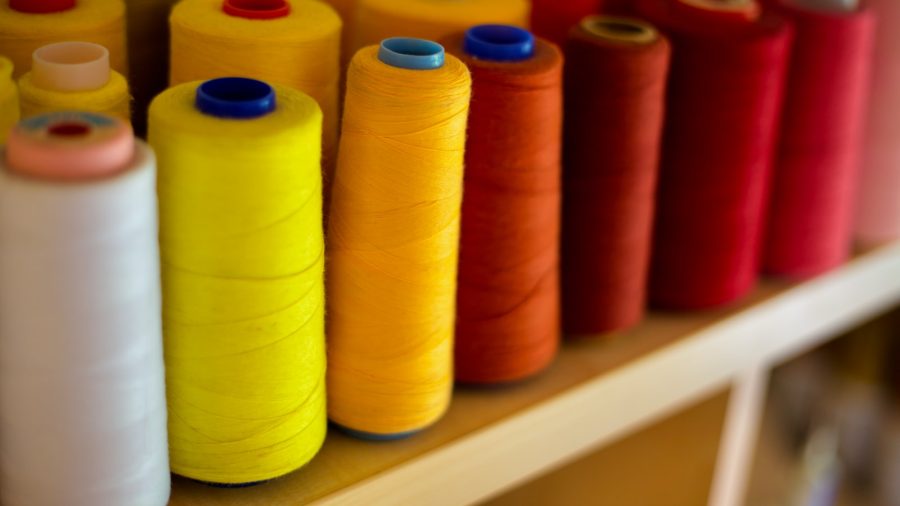
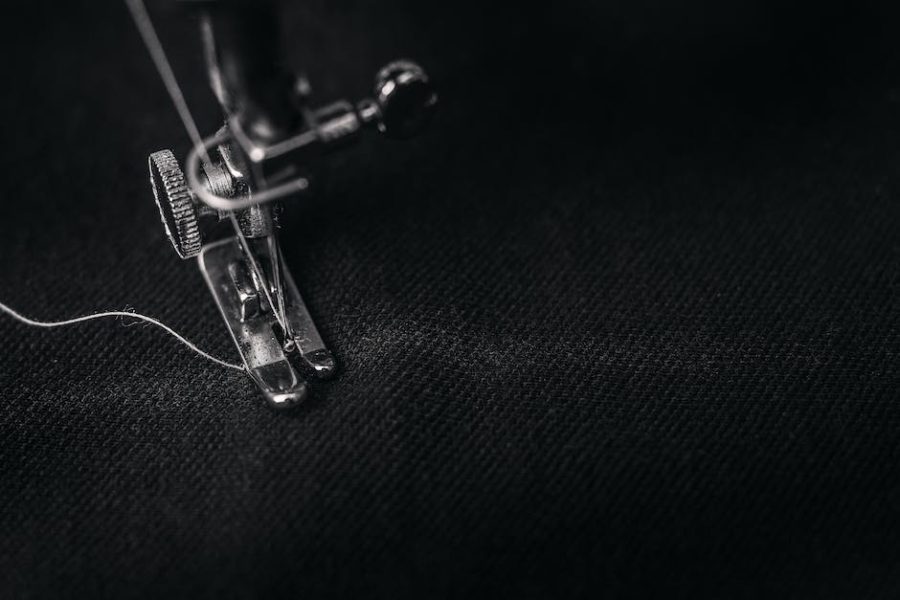
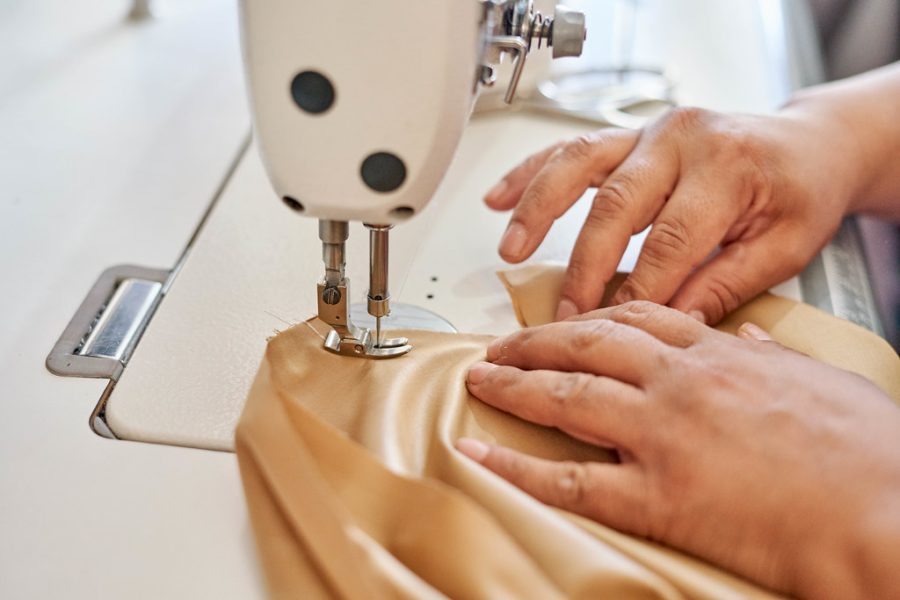
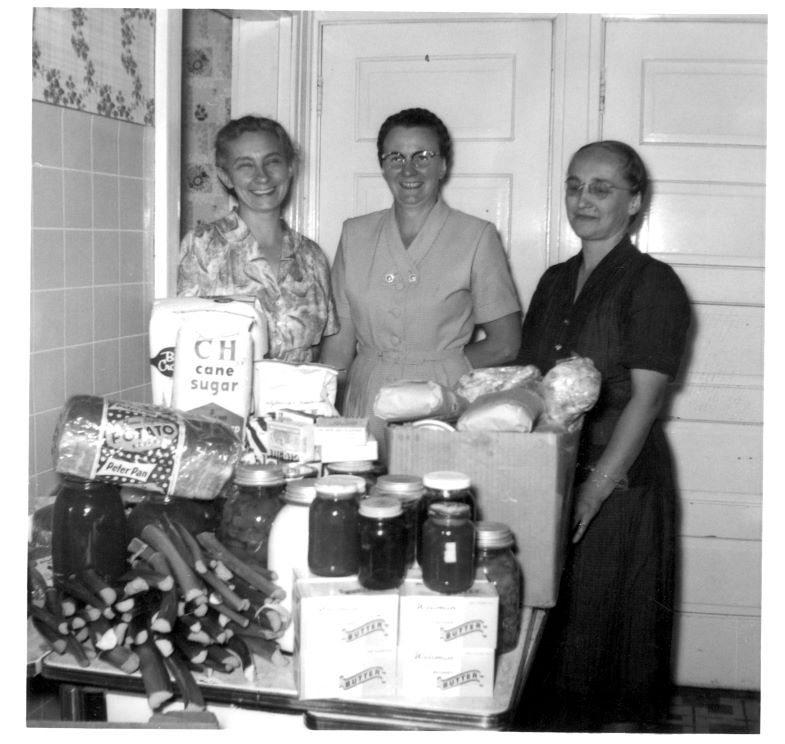
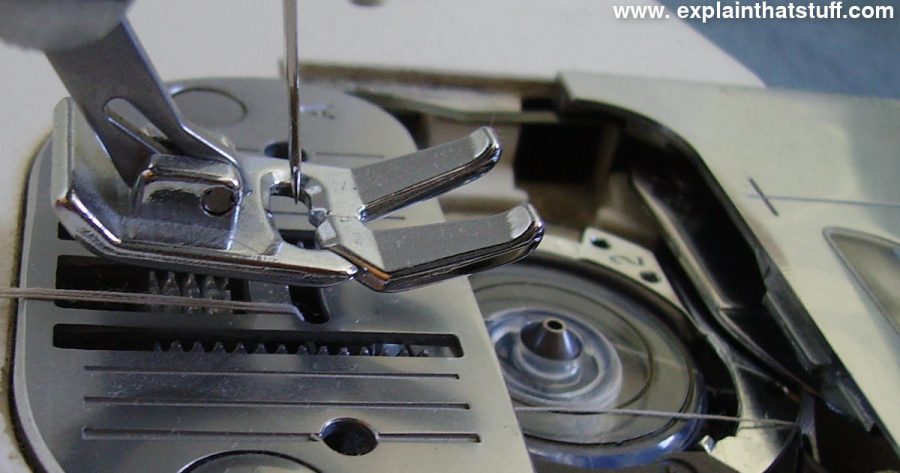
This looks like a great product!
I agree! Having a sewing gauge is a must for any serious sewers – it is a great tool to accurately measure and mark seams, hems, buttonholes, and more. No one wants to end up with a finished project that isn’t the proper size!